KANSER usa ka talagsaon ug komon nga sakit karon ug kini usab usa ka hilom nga pagpatay sa mga tawo. Tungod kay dili nato mahibal-an sa sinugdanan kung kanus-a kini nagsugod sa paglambo sa atong lawas mahibal-an nato kung kini moabut sa usa ka makuyaw nga yugto. Kini adunay daghang lain-laing mga matang sa Cancer. Karon atong hisgutan ang bahin sa Breast Cancer sa mga babaye. Atong hisgotan ang mga sintomas niini, Mga timailhan ug tambal.
Mga Uri o Yugto sa Kanser
Ang Kanser sa Suso adunay pito lainlain nga klinikal nga mga timailhan sa potensyal nga kanser sa suso, adunay daghang lain-laing mga klinikal nga litrato ug mga diagram.
Ang unang importante nga ilhanan nga kinahanglan nimong mahibal-an usa ka bag-o bukol o baga tisyu sa dughan. Karon importante nga hinumdoman nga dili tanan nga mga bukol sa suso kay kanser. Apan kung nakamatikod ka og bag-ong bukol o lahi nga bukol sa imong pagsusi sa imong suso, kinahanglan nga moadto ka ug tan-awon ang imong labing duol nga tighatag sa pag-atiman sa kahimsog nga makahimo usa ka hingpit nga pagsusi ingon usab makakuha usa ka kasaysayan gikan kanimo.
Ang ikaduha nga importante nga ilhanan aron mahibal-an kay lahi sa porma o gidak-on sa usa o bisan hain sa mga dughan. Karon kini hinungdanon tungod kay kini mahimong magpaila sa usa ka potensyal nga kanser sa suso ug mahimo nimong mamatikdan kini labi pa kung imong ilihok ang imong mga bukton o kung nagsul-ob ka..
Ang ikatulo nga importante nga ilhanan aron tan-awon mao ang pluwido paggawas gikan sa imong mga utong. Imong makita nga ang mga discharge kay dugoon ang kinaiyahan. Karon kini dili kinahanglan nga dugoon. Mao nga kung nakamatikod ka nga adunay bag-ong pag-agas sa bisan unsang kolor gikan sa utong ug wala ka nagpasuso o nagpasuso nan kinahanglan nga moadto ka ug tan-awa ang imong labing duol nga tighatag sa pag-atiman sa kahimsog nga mahimo usab nga susihon ka ug maghimo usa ka bug-os nga kasaysayan aron pagsulay sa pagsusi kung unsa ang hinungdan. mahimong. Ug kana tungod kay ang usa sa mga bug-at nga hinungdan sa pag-agas sa likido gikan sa utong mao ang usa ka potensyal nga kanser sa suso.
Ang ikaupat nga importante nga ilhanan sa pagtan-aw sa mga kausaban sa kili-kili partikular nga mga bukol. Mao nga kung imong gisusi ang imong kili-kili ug imong namatikdan ang usa ka bag-ong bukol didto nga wala pa nimo mabati kaniadto, ayaw pagpanuko sa pag-adto sa imong doktor nga makahimo pag-usab sa usa ka bug-os nga pagsusi kon gikinahanglan.
Ang ikalima nga importante nga mga ilhanan aron tan-awon mao ang puckering dimpling hinanali o kapula sa panit nga naglibot sa tisyu sa dughan. Mao nga usa ka butang nga imong namatikdan dinhi mao kining gagmay nga gagmay nga mga tulbok ug kini usa ka butang nga nailhan nga Purdue o orange. Karon kana ang Pranses alang sa panit sa orange. Kung mahanduraw nimo ang usa ka orange mahunahuna nimo nga kini morag usa ka panit nga orange nga adunay kini nga gagmay nga mga dumpling o mga tulbok. Kung namatikdan nimo kini, ayaw pagduha-duha sa pagtan-aw sa imong labing duol nga doktor o clinician nga makasusi kanimo.
Ang unom ka importante nga mga ilhanan nga tan-awon mao ang usa ka rash nga kapula, scaling, o eczema sa palibot sa nipple. Kini nga litrato dinhi nagpakita sa usa ka butang nga gitawag ni Paget sakit sa nipple. Kini nga matang sa scaling ug rash sa palibot sa aktwal nga nipple mismo. Hinuon, tan-awa kining rash, kapula, scaling, o eczema sa areola nga rehiyon, nga mao ang rehiyon nga naglibot sa aktuwal nga utong mismo.
Sa kataposan, ang ikapito nga importante nga mga ilhanan ug account alang sa mga pagbag-o sa nipple. Niini nga litrato dinhi makita nimo ang pag-usab sa utong. Kung namatikdan nimo ang bisan unsa nga sama niini, ayaw pagpanuko sa pagtan-aw sa imong labing duol nga Doktor Kinsa sama sa akong nahisgotan kaniadto, siguruha nga maghimo sila usa ka hinungdanon ug hingpit nga kasaysayan ug pagsusi.
Busa dinhi atong hisgotan ang tanan 7 mga timailhan sa kanser sa suso . Busa ang mga timailhan, bisan tuod kasagaran nga makita sa mga babaye mahimo usab nga makaapekto sa mga lalaki ug kana tungod kay ang mga lalaki mahimong makakuha og kanser sa suso.
What are the possibilities of cancer?
When talking of cancer, possibilities are the various outcomes and scenarios that may arise due to cancer development, diagnosis, treatment and prognosis. Here are some possible cases about cancer:
1.Development
Cancer can develop in almost any part of the body through genetic mutations in normal cells leading to their uncontrolled growth and division. There exist many factors such as genetic predisposition, environmental aspects (tobacco smoke or sunlight), lifestyle issues (diet and exercise) or infectious agents like certain viruses can cause these mutations.
2. Diagnosis
It is possible for cancer to be diagnosed at different stages; from early-stage when it is localized within its original tissue site without invading neighboring tissues or organs to advanced-stage when it has spread (metastasized) to distant body parts. Generally the diagnosis of cancer involves a medical history, physical examination, imaging tests (X-rays, CT scans or MRIs), laboratory tests (blood tests or biopsies) and sometimes genetic testing.
3.Treatment
Treatment options for cancer are determined by a number of factors including the type and stage of cancer, as well as their overall health status and choices. Surgical excision, chemotherapy, radiotherapy, immunotherapy, targeted therapy, hormonal therapy and sometimes a combination of these methods may be used as treatment modalities. The objectives of treatment are to eliminate or destroy cancer cells, reduce tumors in size, relieve symptoms and improve general quality of life.
4. Prognosis
The prognosis for cancer varies widely based on disease factors such as type and stage. Effectiveness of treatment; presence of comorbidities; age; overall health condition among other things. Some cancers have a good prognosis with high survival rates especially if they are diagnosed early and treated well. However some other cancers can lead to poor outcomes especially when they are diagnosed at advanced stages or resistant to treatment.
5. Survivorship
Numerous individuals who have had cancer live healthy lives after going through the disease stage. Survivorship involves checking continually for signs that the cancer has come back (recurrence) taking care of any long-term effects from treatment (for example physical, emotional, cognitive issues) and addressing support needs for patients. Care plans may include regular follow-ups with medical oncologists or primary care doctors to monitor long-term effects like heart problems or secondary cancers that could develop from previous treatments as well as provide surveillance for cancer recurrences which may imply survival monitoring alone or together with palliative care if indeed applicable.
As a whole, even though the prospect of cancer could be terrifying, developments in research for cancer, early detection methods and treatment modes have all improved the conditions and lives of numerous people who have cancer. Nevertheless, it is significant to note that every individual reacts differently to the disease and that there are multiple possibilities as far as cancer is concerned.

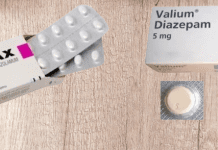
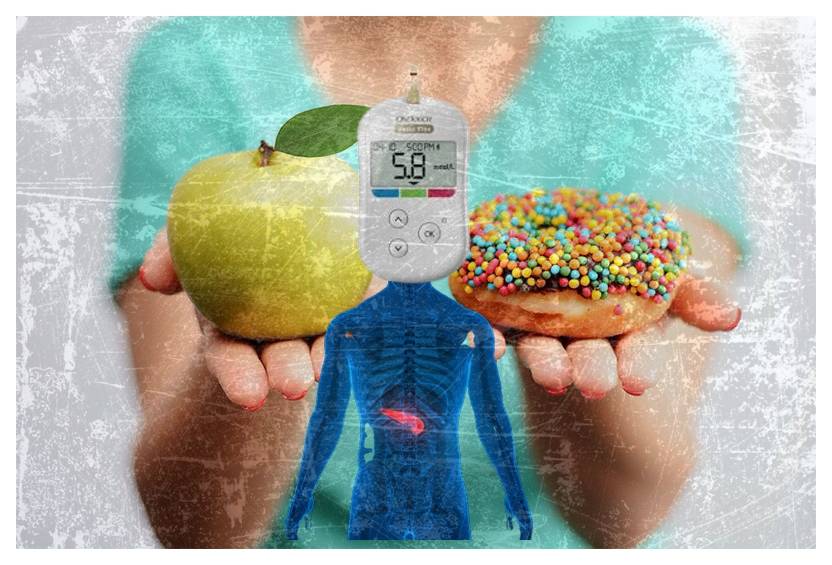
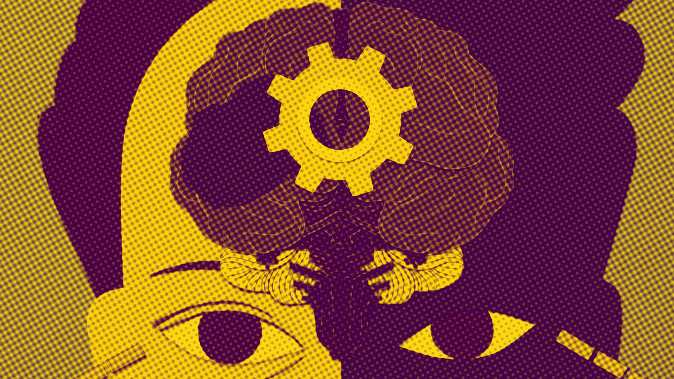
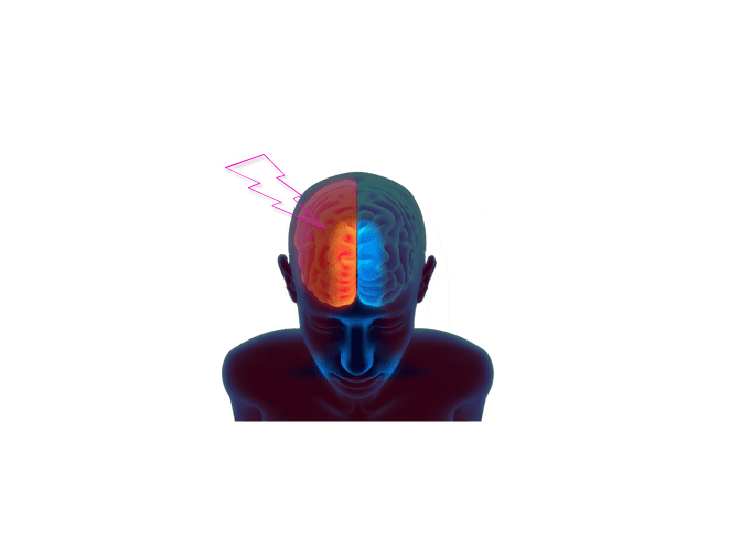
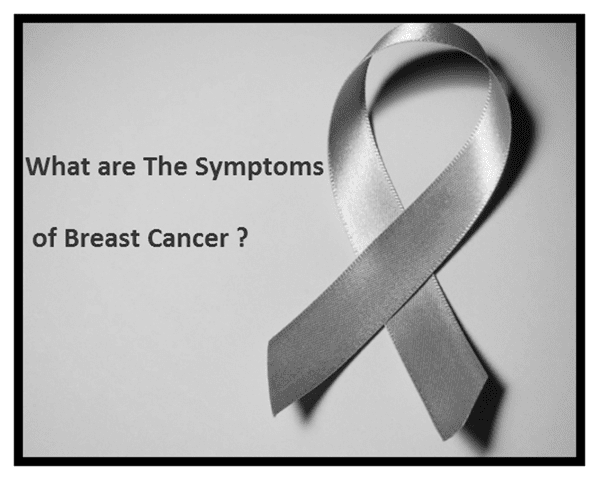




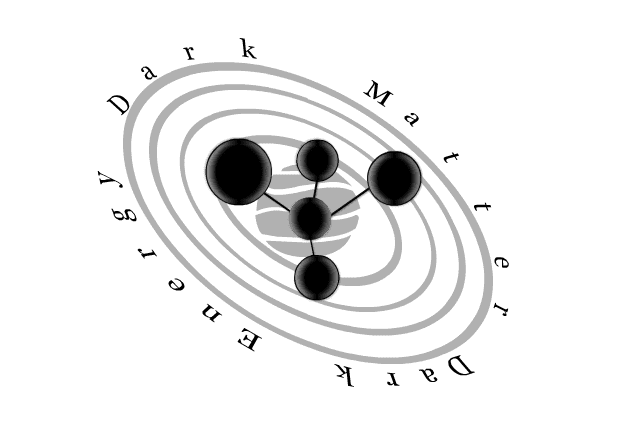
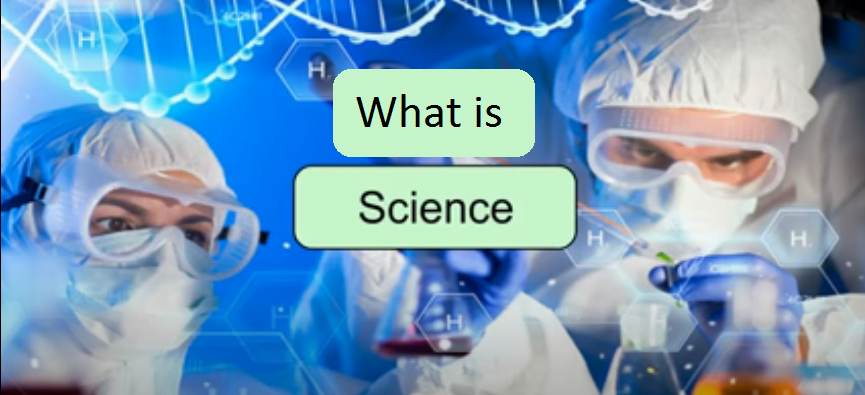











Very Informative post Salamat kaayo